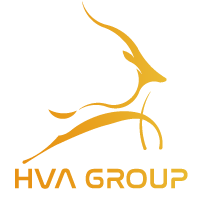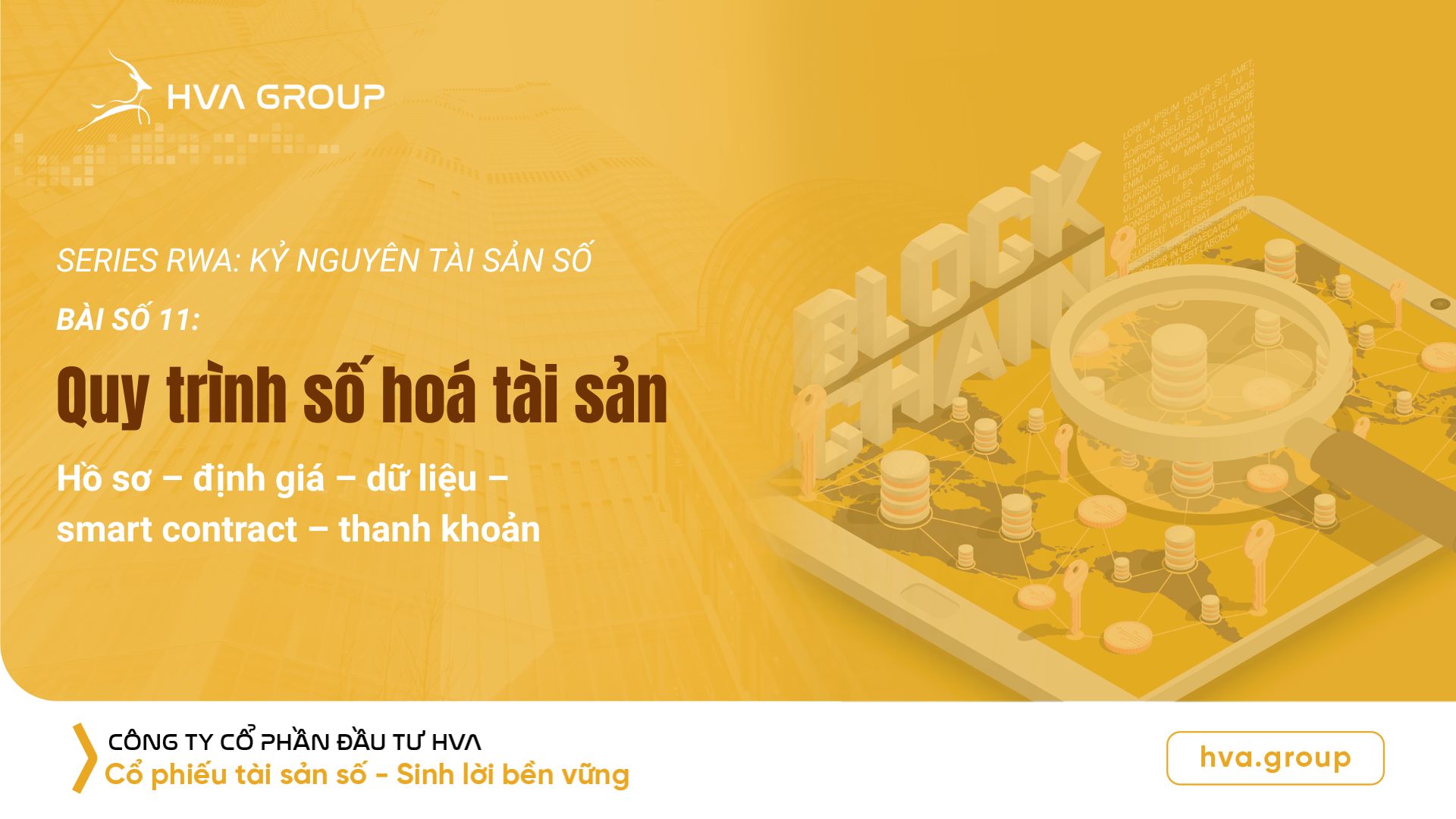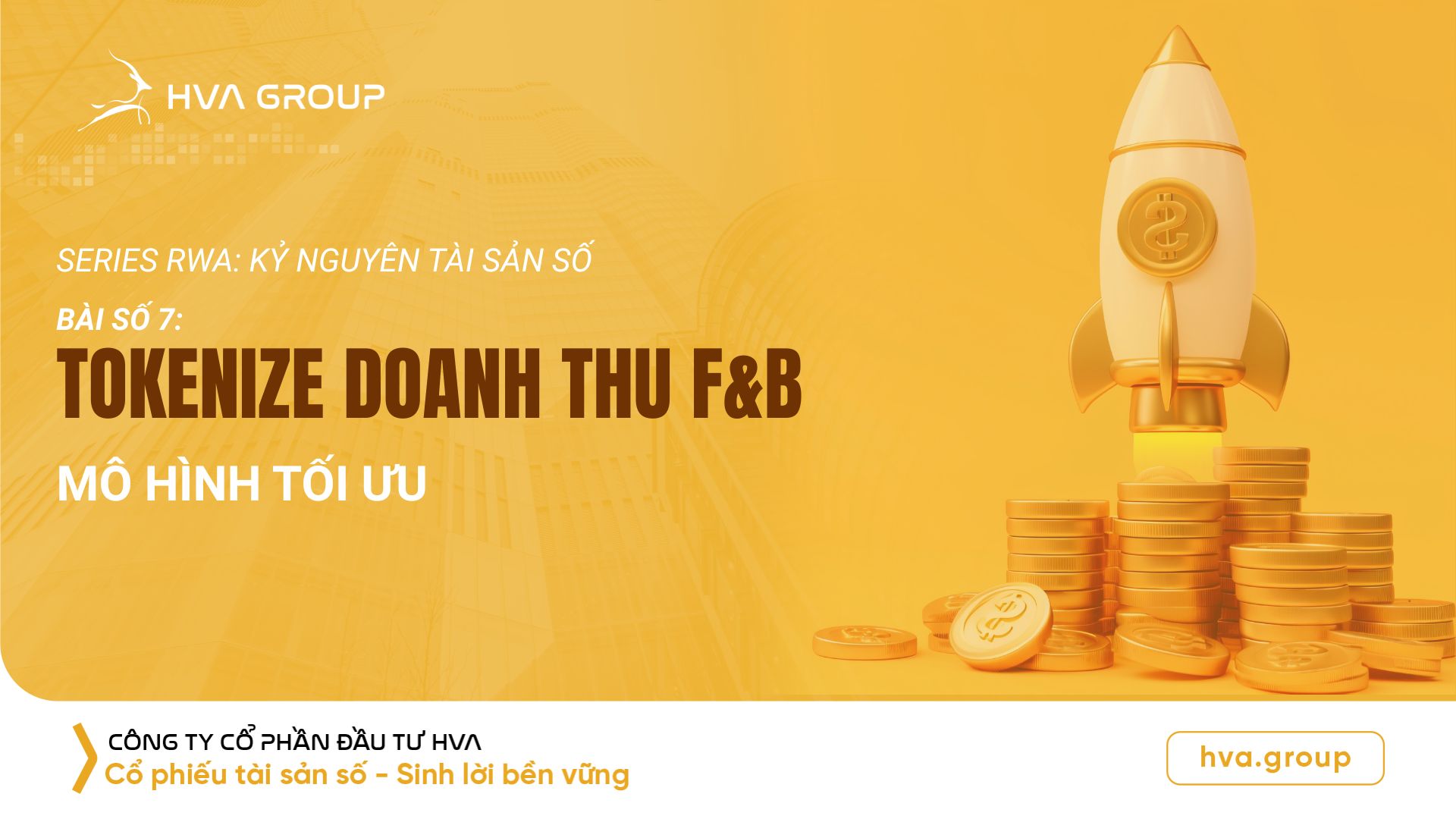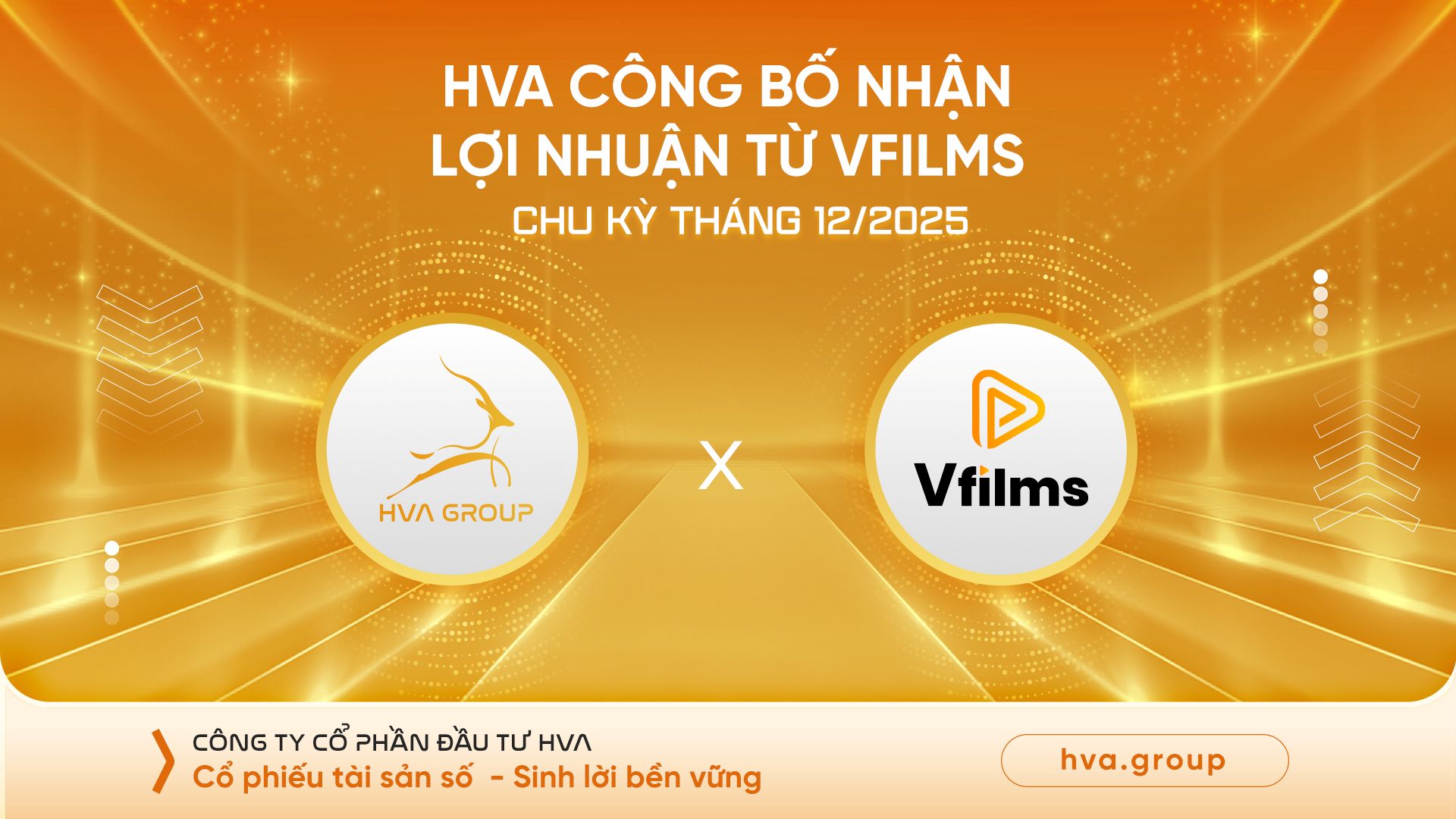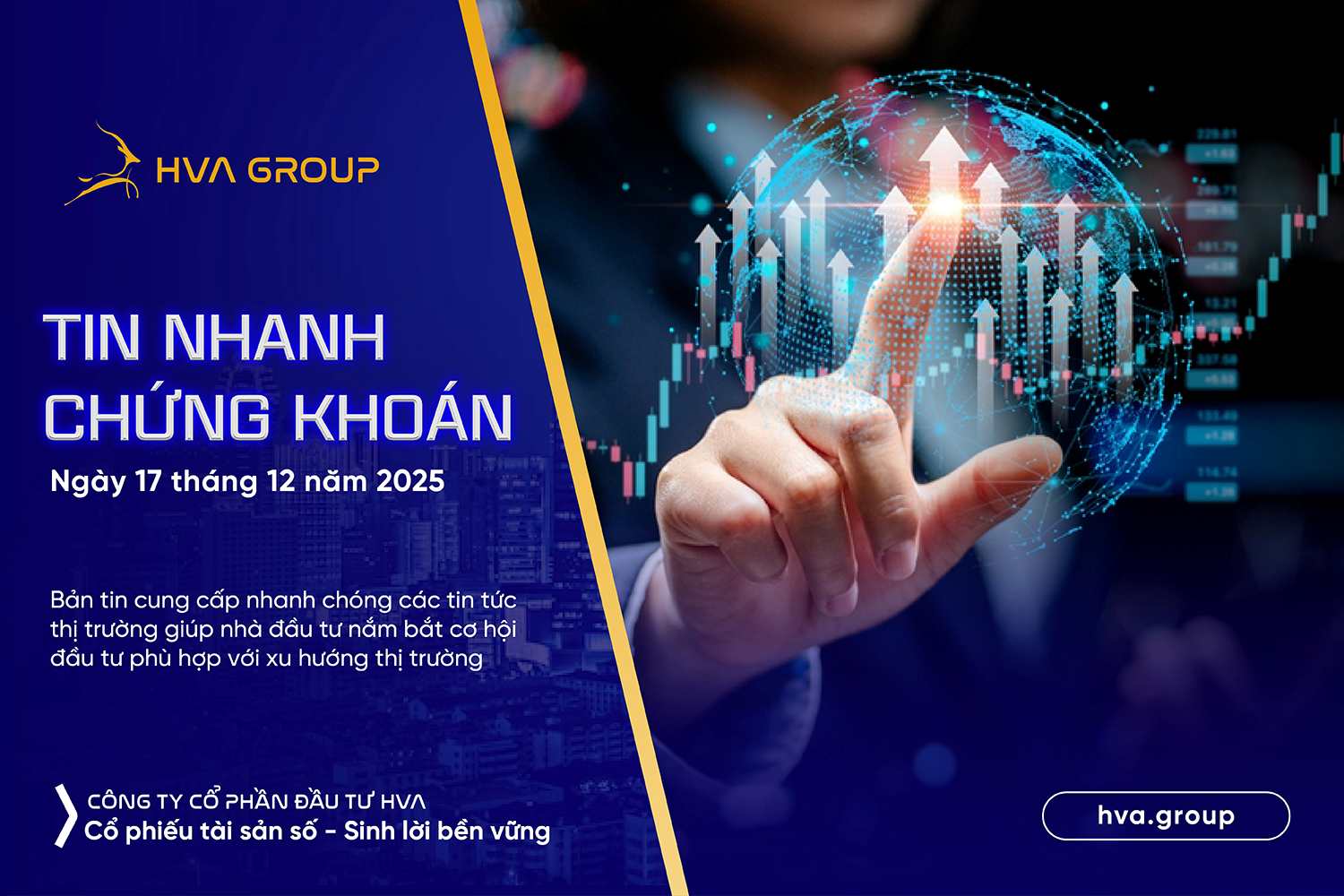
Among the forms of assets associated with the real economy, enterprises are the group with the potential to digitize economic benefits in a standardized, controlled and transparent way. Tokenization here is understood as the encoding of information and rules for distributing benefits related to business operations (revenue, profit, property rights arising from contracts, etc.), to support management, information disclosure and the ability to mobilize resources within the legal framework at the time of implementation.
In Vietnam, it is necessary to distinguish which structures represent equity ownership, the right to benefit from business results or similar rights to shares/bonds, which will be regulated by securities law and enterprise law.
What does business tokenization include?
A business may consider incorporating a data and benefits distribution mechanism associated with:
- Tangible assets: machinery, equipment, inventory, factories (except for assets with registered usage rights according to regulations of specialized laws).
- Intangible assets: trademarks, copyrights, data, technology, contracts.
- Cash flow: revenue, profit, periodic income from rental/service provision contracts.
- Financial assets: shares, bonds, options, receivables.
The level and manner of expression must closely follow the ownership rights, property rights and restrictions (if any) according to the law and the Charter and regulations of the enterprise; do not interpret beyond the scope of legal rights.

General distinction with material goods
Benefits associated with physical goods (e.g. agricultural products, metals) often have a direct basis for valuation. In contrast, benefits associated with businesses depend on finance - operations - legal, so valuation is more complex and requires careful consideration and clear distinction of which factors fall within the scope of securities.
The difference between “tangible goods rights” and “business rights”
Rights attached to tangible goods (e.g. agricultural products, metals, etc.) often have a clearer basis for valuation and depend mainly on the commodity market at that time. In contrast, rights attached to enterprises depend on the financial situation, management, operations, legal obligations to be complied with and other relevant factors. Therefore, valuation becomes complicated and in some cases may arise factors that need to be considered under the relevant legal framework within the scope of securities if the rights represent ownership rights, rights to benefit from business results or rights similar to shares/bonds.
The determination of the above benefits is carried out by the competent authority and is considered based on the actual nature of the benefits, not just based on the name.

“Tokenizing doesn't change the nature of assets; it just makes rights verifiable, programmable, and distributed in a timely manner.” — Eric Wang
When is it considered a security?
According to the provisions of the Law on Securities of Vietnam, the types of assets are considered securities if they include: (i) Stocks, bonds, fund certificates, (ii) Warrants, covered warrants, stock purchase rights, depository certificates, (iii) Derivative securities or (iv) other types of securities prescribed by the Government.
Depending on each type of securities, the law will specifically regulate the definition and management regime, and all offering/listing/transaction activities must meet the conditions, records and relevant information disclosure regime (if any) as prescribed. Therefore, when assessing whether an asset or interest is a security or not, enterprises need to base on the nature and current legal regulations.
4 reference approaches
The content below is for reference only and serves as a basis for orientation. Enterprises still need to consult and assess the opinions of relevant experts before applying:
Revenue sharing: Record – reconcile – distribute a proportion of revenue from existing contracts. This model does not change the ownership structure but still has to prove the legal source of revenue and fully comply with accounting and tax regulations.
Profit sharing: The participants' benefits are linked to actual business results. Due to its similar characteristics to dividend distribution, this model is likely to be considered related to financial benefits under the scope of securities law. Therefore, enterprises need to review and strictly comply with accounting and auditing standards and fully disclose information according to relevant legal regulations.
Property rights from contracts: businesses can Digitizing rights arising from contracts (lease, supply, sale, credit, etc.). However, for this form, businesses need to pay attention to the terms of transfer of rights, notification procedures or consultation with related parties and ensure compliance with relevant legal regulations.
Instruments within the scope of securities: For assets such as shares, bonds, purchase rights, etc., full compliance with securities regulations must be ensured and only implemented when the enterprise has met the conditions for licensing/supervision under securities laws.
A suggested process for tokenizing a business
Step 1 – Legal assessment of rights and assets
Verify ownership, transfer restrictions, disputes, relevant contract terms.
Step 2 – Standard pricing
Apply appropriate IFRS/GAAP: historical data, existing cash flows – projections, discount factors, industry risks; have a periodic update mechanism.
Step 3 – Design the benefit mechanism
Clearly describe the scope of the rights recognized (revenue, profit, contract rights, or financial instruments) under economic and legal nature. Limit confusing terminology.
Step 4 – Building technical infrastructure
Choose open standards, reconciliation rules – automatic distribution, access control, change tracking; clear operational authorization.
Step 5 – Information Disclosure
Present the model, risks, valuation method, and monitoring mechanism. In case of securities elements, prepare the corresponding documents (e.g., prospectus) according to legal requirements.
Step 6 – Controlled Distribution
Identify subjects, scope, and territory; comply with regulations on anti-money laundering, foreign exchange, and tax; establish appropriate KYC/AML procedures.
Step 7 – Monitoring and Reporting
Cash flow tracking, benefit distribution, investor/partner reporting; periodic independent audits, incident handling and complaint resolution mechanisms.

Expected benefits
The digitalization of economic rights, if implemented properly, can help increase transparency, improve information disclosure discipline, reduce dependence on a few traditional capital channels and expand cooperation capabilities. The level of achievement depends on the legal profile, accounting and auditing systems and management capacity of each enterprise.
Conclude
“Tokenizing” a business should be understood as a roadmap for data governance and compliance, not a goal of raising capital at all costs. The three core principles include: legal standards, accounting and auditing as the foundation, and technology as the tool. Before implementing any structure related to the distribution of benefits or calling for resources, businesses need independent legal opinions, full review of regulations on securities, civil, foreign exchange, tax and only operate when meeting licensing conditions.
This series of articles is for sharing knowledge and information, not for investment recommendations or financial product offerings, not for legal analysis or predictions, but focuses on sharing about technology, economics, and investment. The contents referring to regulations, if any, will be written based on existing legal principles, the parts without detailed regulations will be explained and mentioned based on experience in countries that have implemented them in practice. Readers need to proactively read and understand the current policies and legal framework of Vietnam through official documents; at the same time, need to comply with the current legal framework and only operate when specifically licensed, cautiously and responsibly towards the State, community, and society.
See Lesson 7 now: “Tokenize F&B Revenue: The Optimal Model"

Eric Vuong
Chairman of BOD
HVA Investment Joint Stock Company
